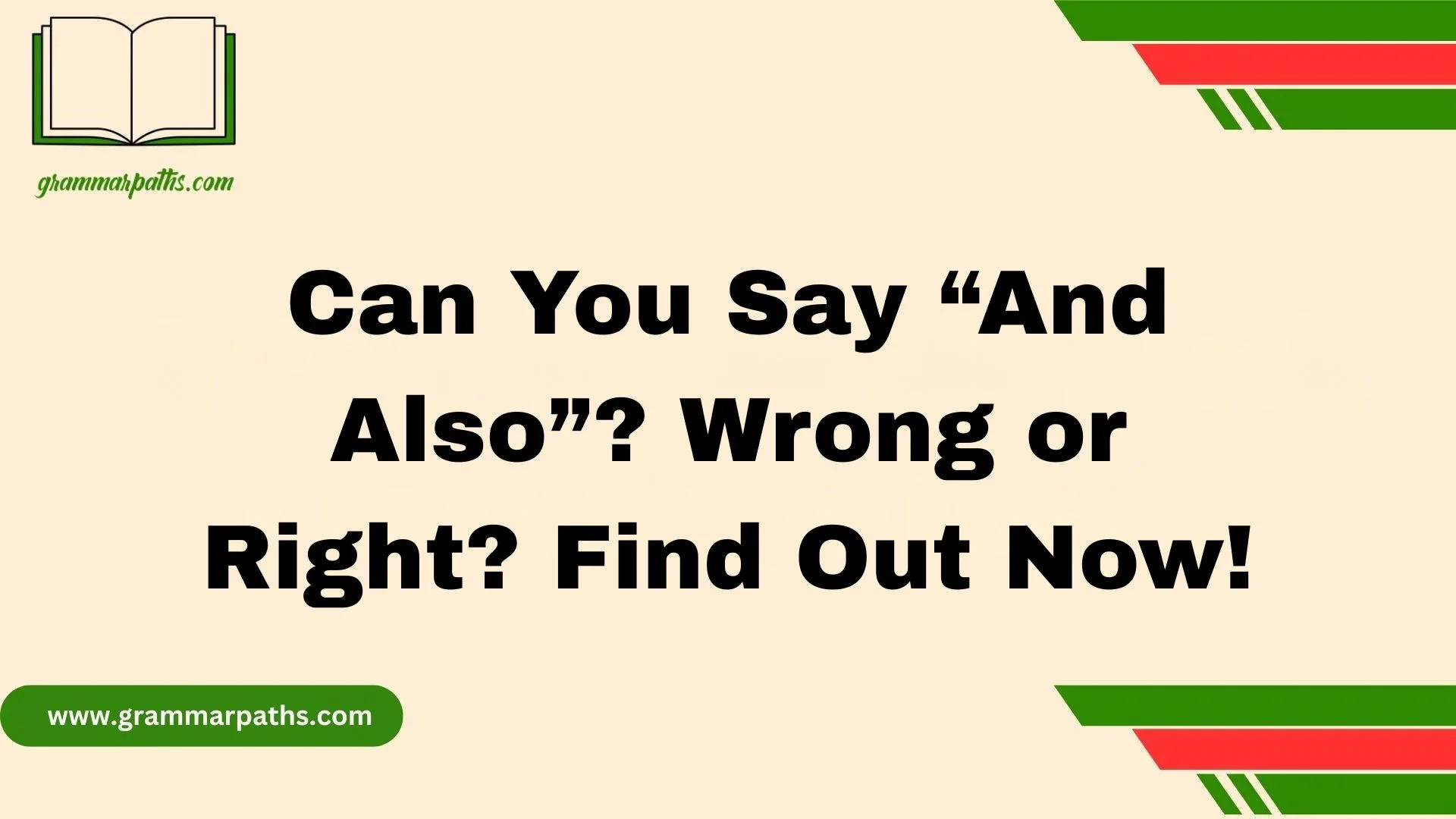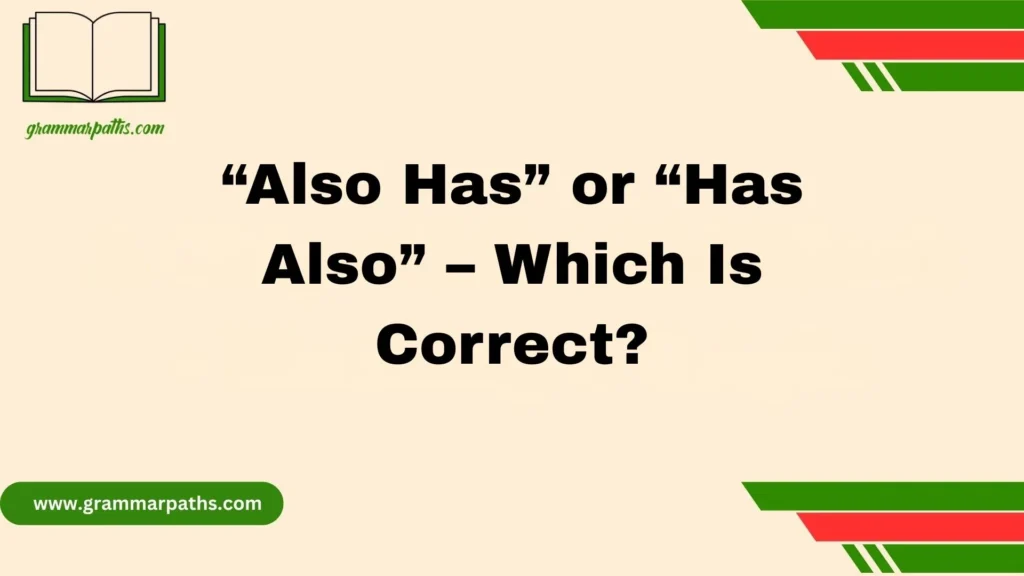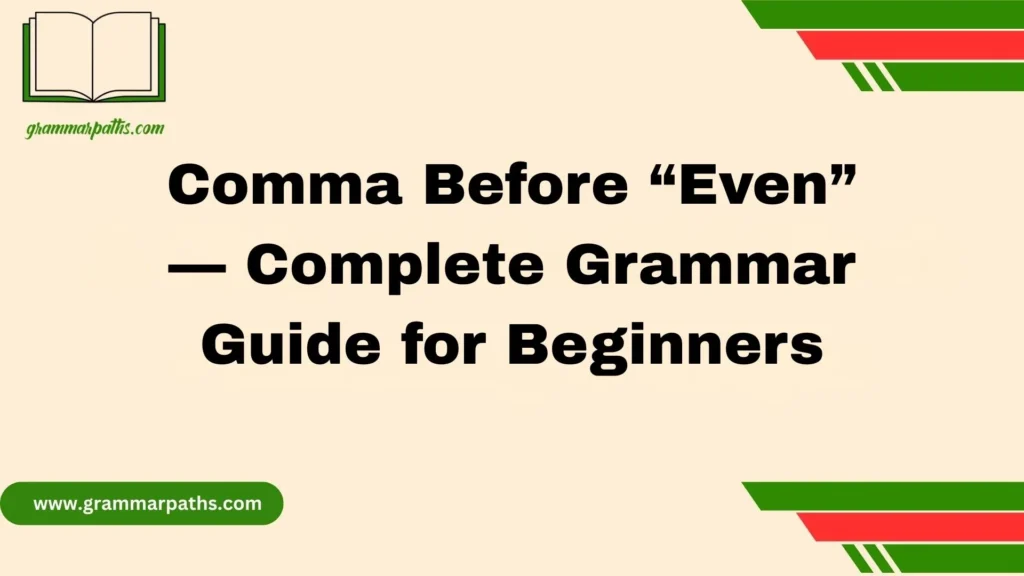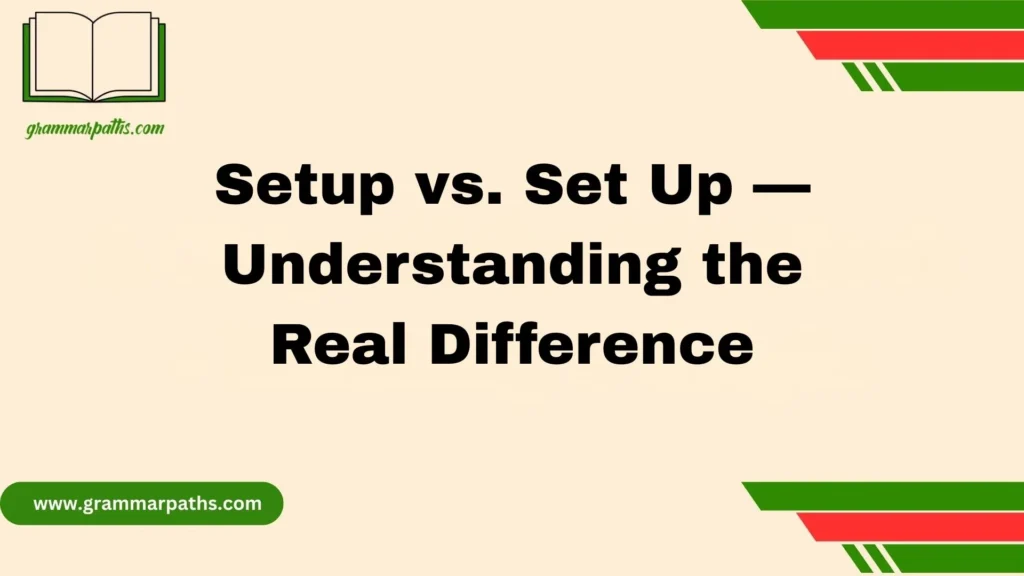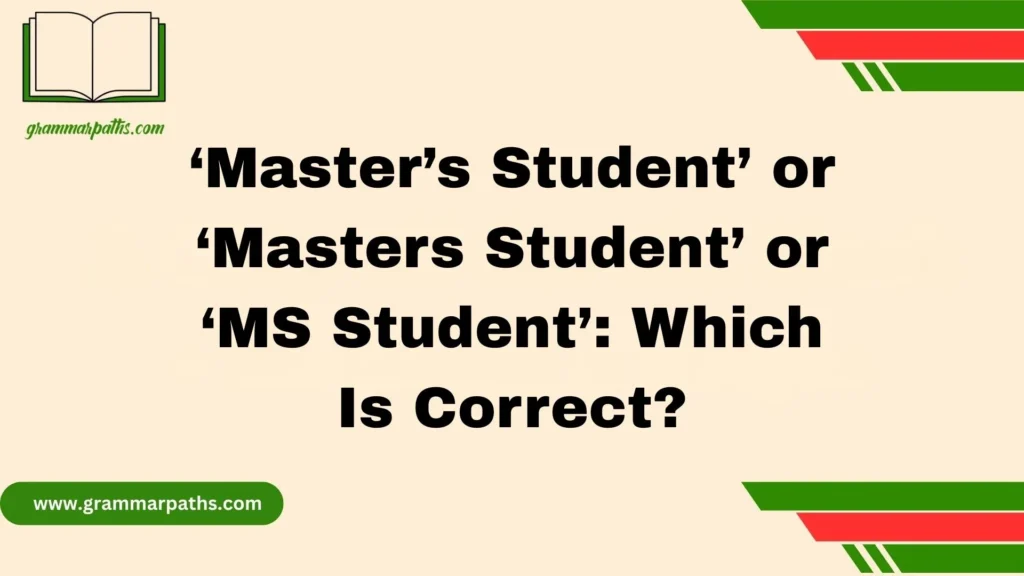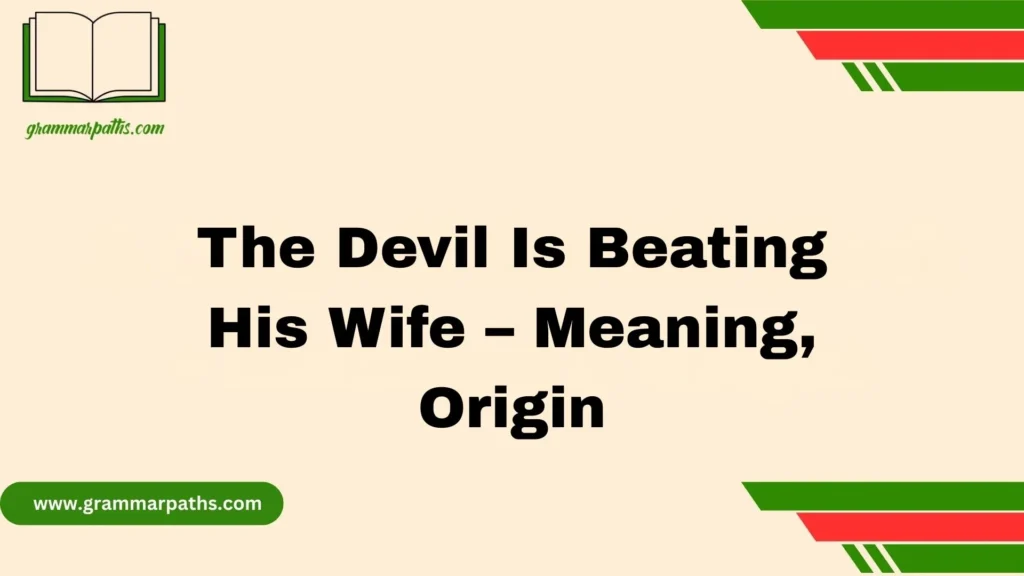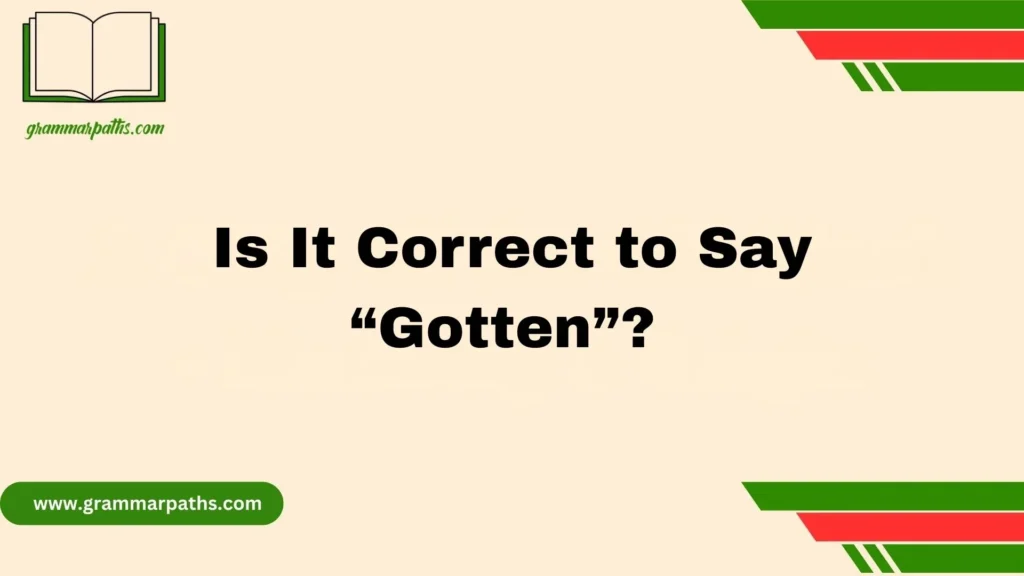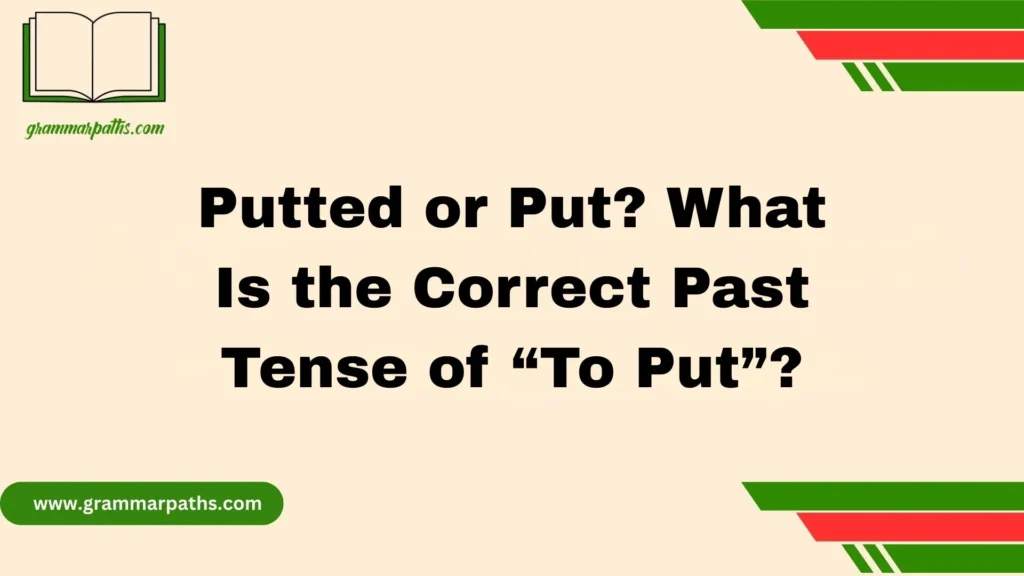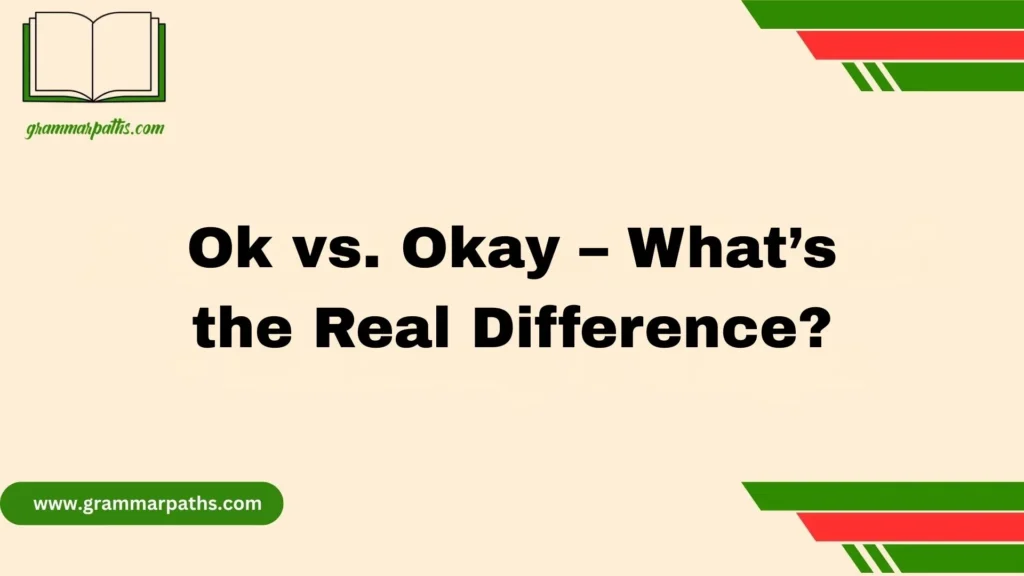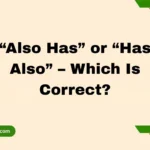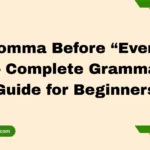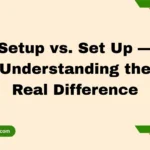When I first started exploring English writing and speech, I noticed how the phrase “and also” could feel repetitive, yet in some cases it added importance or emphasises an addition. The question “Can You Say “And Also”? Wrong or Right? Find Out Now!” often comes up in discussions, and in my years of editing I’ve seen writers reflect on whether the use is necessary or just unnecessarily redundant. One example is “I like apples and also oranges.” You could simply say “I like apples and oranges,” which is more clear, concise, and easier to understand. The choice depends on whether you want to emphasise that extra detail or keep the sentence sharper for smoother communication.
From a comprehensive view, the phrase is absolutely acceptable, but only with intentional use. Good grammar is about balance: too much can create a pile of muddling message, while a solid grasp gives you the tools to decide whether to repeat or restrain. Over time, I’ve learned that even little choices in language can stirs thought and emotion, shaping the tone, rhythm, and power of your prose. If you want your sentences to achieve a natural flow with clarity, then knowing when and how to keep things simple is key — it’s what makes your work effective rather than just acceptable.
Why “And Also” Confuses People
Few phrases spark as much debate as “and also.” Some English purists wave red flags, arguing it’s clumsy and unnecessary. Others shrug and say it sounds natural in everyday conversation.
The confusion comes from the fact that “and” and “also” both mean addition. If they overlap, is using them together like wearing two belts with one pair of pants? Not quite.
Here’s the short answer:
- “And also” is not grammatically wrong.
- But in many situations, it’s stylistically weaker than using just one of the words.
- In some contexts—especially speech and storytelling—it adds emphasis and rhythm.
So let’s break down how this phrase really works.
The Basics: “And” vs. “Also”
Before you can judge whether “and also” is correct, you need to understand what each word does on its own.
What “And” Does
“And” is a coordinating conjunction. It connects words, phrases, and clauses that are equal in importance.
Examples:
- I like pizza and pasta.
- She works hard and plays hard.
“And” simply links ideas together.
What “Also” Does
“Also” is an adverb. It means “in addition” or “too.”
Examples:
- I like pizza. I also like pasta.
- She works hard. She also plays hard.
Unlike “and,” “also” doesn’t link two items directly—it modifies a verb or clause to show that something extra is being added.
Why People Combine Them: “And Also” Explained
So why do English speakers stick “also” after “and”?
Historically, redundancy has been a feature of English for centuries. Writers often layered words with similar meanings to add rhythm or emphasis. For example, Old English texts frequently doubled words for poetic effect.
In modern American English, “and also” serves three main purposes:
- Emphasis – The speaker wants to highlight the addition.
- Example: She’s talented and also incredibly kind.
- Example: She’s talented and also incredibly kind.
- Clarity – The speaker feels that “also” drives home the idea more clearly than “and” alone.
- Example: You’ll need your ID and also proof of residence.
- Example: You’ll need your ID and also proof of residence.
- Rhythm – The phrase flows more naturally in certain sentences, especially in speeches or casual talk.
- Example: We need honesty and also accountability.
Is “And Also” Redundant?
Critics argue that “and also” is redundant because both words express addition. Technically, that’s true. But redundancy isn’t always a bad thing.
When Redundancy Weakens Writing
In formal writing, repetition often looks sloppy. For example:
- Weak: The policy affects employees and also managers.
- Stronger: The policy affects employees and managers.
Here, “also” doesn’t add any new meaning. It just adds bulk.
When Redundancy Strengthens Speech
In conversation or speeches, redundancy can actually reinforce a point. For instance:
- She was smart and also brave.
The extra “also” slows the rhythm and emphasizes the second quality. Without it, the sentence feels flatter.
Key idea: Redundancy hurts in precise, concise writing, but helps in persuasive or emotional speech.
When to Use “And Also” (Acceptable Contexts)
There are specific times when “and also” works just fine.
In Formal Writing (with care)
- When you need to emphasize the addition.
- When the phrase clarifies that the second item is distinct.
Example: The software update improves security and also adds new features.
In Informal Speech
Americans use “and also” naturally in daily conversation. You’ll hear it in casual chats, TV shows, and podcasts.
Example: I bought groceries and also picked up coffee on the way home.
In Persuasive Writing
Politicians, advertisers, and leaders often use “and also” for rhythm and emphasis.
Example: We need jobs and also affordable healthcare.
When to Avoid “And Also”
Sometimes, “and also” makes your writing clunky.
Academic Writing
Professors and style guides often frown on unnecessary words. Conciseness matters.
- Avoid: The study analyzed income and also education levels.
- Better: The study analyzed income and education levels.
Professional Communication
In emails, reports, or resumes, extra words can make you look less polished.
- Avoid: I managed projects and also supervised staff.
- Better: I managed projects and supervised staff.
Concise Writing Goals
If you can delete “also” and the sentence keeps its full meaning, you probably should.
Alternatives to “And Also”
Instead of using “and also,” you can use plenty of alternatives depending on tone and formality.
Common Substitutes
- In addition
- As well
- Along with
- Plus
Formal vs. Casual Options
| Tone | Alternatives to “And Also” | Example Sentence |
| Formal | in addition, moreover, along with | The report highlights risks, in addition to opportunities. |
| Neutral | as well, too, additionally | He works weekends, as well. |
| Casual | plus, along with, on top of that | I grabbed pizza, plus some wings. |
These choices let you keep variety and avoid sounding repetitive.
Common Mistakes with “And Also”
Many English learners and even native speakers stumble with this phrase. Here are frequent pitfalls:
- Overusing it: Dropping “and also” into every sentence makes writing bloated.
- Assuming it always adds emphasis: Sometimes, it adds nothing.
- Confusing it with “too” or “as well”: While related, “too” usually comes at the end of a sentence.
Examples of corrections:
- Wrong: She enjoys hiking and also swimming too.
- Right: She enjoys hiking and swimming.
- Or: She enjoys hiking and also swimming.
How to Decide: “And” or “Also”?
Here’s a simple way to decide whether to use “and also.”
Quick Guide
- If you want conciseness → Use “and.”
- If you want emphasis or rhythm → Use “and also.”
- If you want formality → Use “also” alone or another alternative.
The Role of Emphasis and Style
Writers often bend grammar rules for style. “And also” falls into that category.
Why Writers Use It
- To highlight the second idea in a list.
- To create a slower rhythm in speeches.
- To add dramatic emphasis in persuasive writing.
Famous Usage
In political speeches, you’ll often hear phrases like:
- We must invest in education and also rebuild our communities.
The repetition here isn’t a mistake—it’s a rhetorical tool.
Practical Tips to Improve Your Writing Style
If you want to use “and also” wisely, follow these strategies:
- Read aloud: If the sentence sounds natural, it probably works.
- Edit for conciseness: If “also” doesn’t add anything, cut it.
- Vary your vocabulary: Use alternatives like “plus” or “in addition” to avoid repetition.
- Match tone to audience: Keep “and also” for casual or persuasive contexts.
Quick Editing Checklist
- Does “also” add new emphasis?
- Would the sentence be clearer without it?
- Is this formal or casual writing?
If the answer favors conciseness, drop it.
Conclusion
In the end, “and also” is not wrong—it’s just a phrase that needs careful use. If you’re aiming for clarity, concise sentences, and smoother communication, you’ll often find that and alone does the job. Still, when you want to add emphasis or highlight an extra detail, the phrase can feel effective and absolutely acceptable. The real skill comes in knowing when and how to apply it. As with most parts of the English language, being aware of the rules and making intentional choices is what sets a strong writer apart.
FAQs
1. Is it grammatically correct to use “and also”?
Yes. It’s grammatically correct, but sometimes it can sound repetitive or redundant if not used carefully.
2. When should I avoid “and also”?
Avoid it in writing or speech when your sentence already feels clear and concise. Adding “also” may not add much meaning.
3. Can “and also” make my sentence stronger?
In some cases, yes—it can emphasizes an addition when you want that extra punch. But overuse can weaken your style.
4. What’s an example of correct use?
“I enjoy apples and also oranges.” It works if you’re stressing both, but “I enjoy apples and oranges” is usually better.
5. Is “and also” common in professional writing?
Not very. Most writers and editors prefer shorter, sharper choices. But it may appear in speech or more casual writing.

Emma Brooke is a passionate language expert and contributor at GrammarPaths.com, where she helps learners navigate the complexities of English grammar, idioms, and effective writing. With a strong academic background and years of teaching experience, Emma excels at turning tricky grammar rules into simple, practical lessons that readers can easily grasp.
